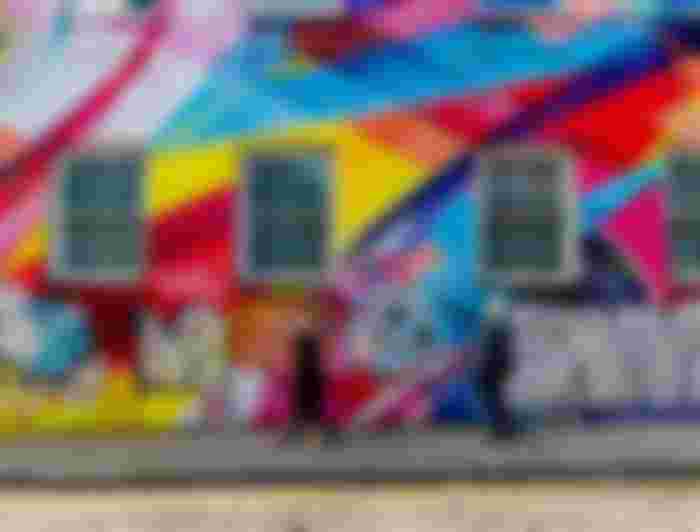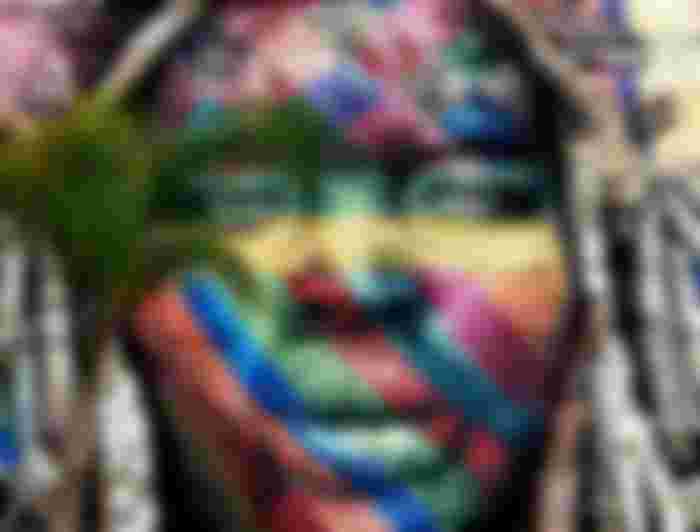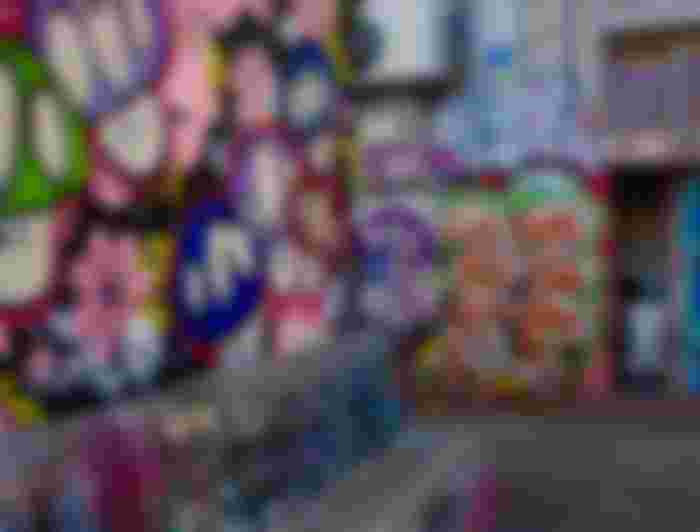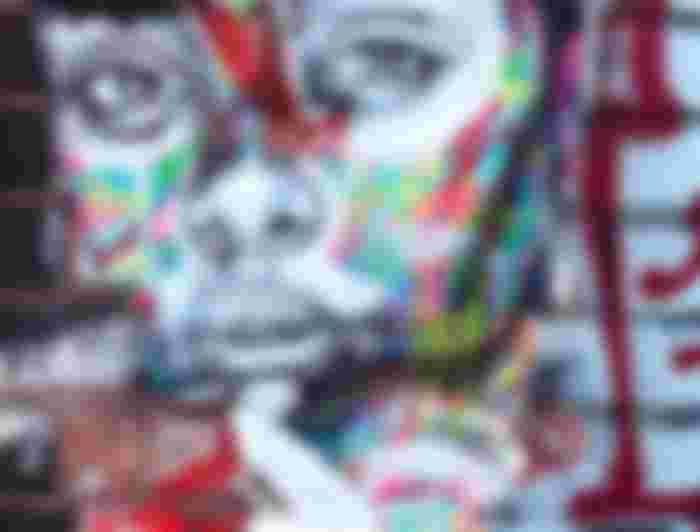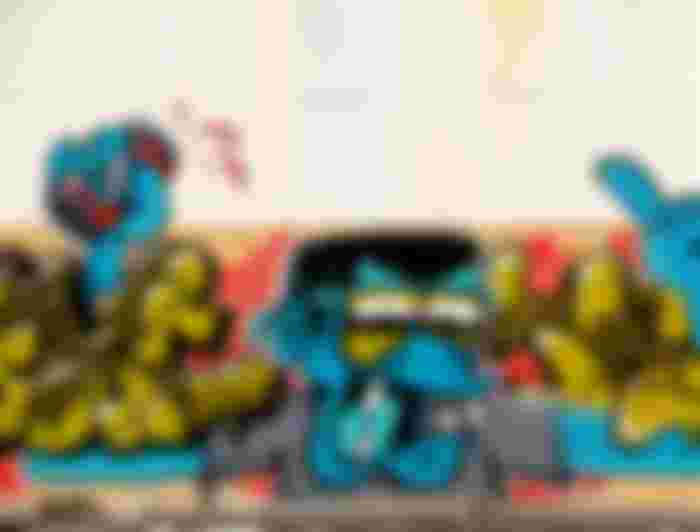Graffiti is a tradition that is widespread throughout the world. It began in Africa as a practice used by individuals to pass messages in the form of poetry or stories. In the case of Egypt, the tradition was brought over by Italian and French travelers who used it as a way to promote tourism. This would then be later taken up by Egyptians, and eventually adopted by the general public.
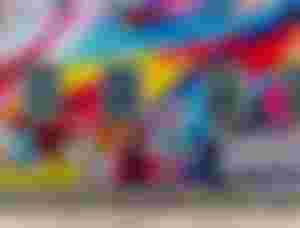
To learn more about graffiti in Africa, we will look at three locations: Egypt, Eritrea, and Ethiopia.
Egypt
In Egypt, graffiti is mostly used to promote tourism and advertise businesses. However, in recent years, the practice has become more serious, as it has become associated with social protest, and has gained more political influence. Graffiti has become so widespread in Egypt that it has begun to appear on buildings and cars, and has even been used as a way to protest the government.
One of the most famous examples of graffiti in Egypt is on the wall of a building in the city of Alexandria, which reads, “We want to live in freedom.” This example is particularly notable because it was made by a group called “The Second Revolution,” and was made in response to the removal of a large statue of Mubarak from a major square.
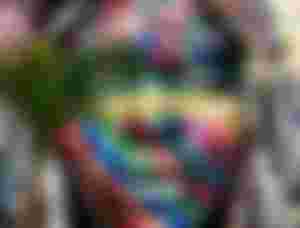
While the tradition of graffiti is not new in Egypt, it is still in its infancy. In addition to the building examples, graffiti has also appeared on cars and trucks, mostly in Cairo. In the city of Minya, which is located in the Nile Delta, graffiti is used to advertise a business, and the owner of the business is even a well-known graffiti artist.
Another form of graffiti in Egypt is called “graffiti philosophy.” This style of graffiti was developed in the 1990s by Egyptian graffiti artists, and it is very different from other forms of graffiti. Graffiti philosophy is used by people to express a message to the world, and is also used by those who wish to protest the government.
Eritrea
In Eritrea, graffiti has been used for hundreds of years to promote tourism, and to promote a tourism-based economy. The majority of the country’s population is actually ethnic Tigrinya, who are also widely known for their creative culture. Eritrea is located in the Horn of Africa, and is the only country in Africa that uses the Latin alphabet.
In Eritrea, graffiti is associated with social protest, and there are even “graffiti brigades” in the country who take on this role. The brigades are groups of artists who are dedicated to promoting graffiti and street art in the country. In addition to social protest, graffiti is used to promote tourism, and it has even been used to promote nationalism.
One of the most famous examples of graffiti in Eritrea is a “graffiti wall” located in the coastal city of Massawa. There are many examples of graffiti on this wall, and they all promote different tourist destinations.
There are many different styles of graffiti in Eritrea, and they are similar to those in the West. In addition to the walls, there are also streets, billboards, and vehicles that are often used to promote graffiti. The graffiti on the wall in Massawa is actually located on the outside of a hotel.
In the past, the government of Eritrea had an interest in limiting the practice of graffiti. In 2009, the government banned street art. In the years that followed, graffiti was more widely tolerated, and the government made a decision to allow it to continue, but only in certain areas.
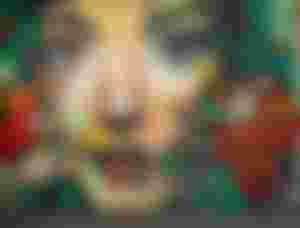
During the years that followed, the government made a decision to allow graffiti in certain areas of the city of Asmara. In addition to the city, other cities in Eritrea, including Massawa and Barentu, were allowed to have a culture of graffiti.
In order to promote tourism in the country, artists have created “graffiti restaurants.” These restaurants are set up in a house that is decorated with graffiti, and the food is prepared using a technique called “pissart.”
Another interesting thing about graffiti in Eritrea is that it has also been used as a way to protest the government. In the past, artists have written and painted anti-government messages on buildings, and they were often quickly painted over.
However, in the years that followed, there was an increase in the use of graffiti in protest. This was done in order to express dissatisfaction with the government. While some graffiti artists have not been arrested for their actions, there have been times when others have been arrested for their actions.
In the late 1990s, graffiti became a serious political tool in Eritrea, and graffiti artists were arrested and imprisoned for their actions. In the years that followed, there were several incidents of graffiti artists, including Gebre Mariam Gebremariam, being imprisoned for their actions.

One of the most famous graffiti artists in Eritrea is known as “Fanta.” In the 1970s, Fanta was a member of a youth group in Eritrea that promoted revolutionary activity. In the early 1980s, Fanta became a graffiti artist, and he used his skills to create graffiti that promoted his revolutionary views.
In recent years, there has been a decline in the practice of graffiti in Eritrea. This is mostly due to the fact that the country is in a state of civil war. In recent years, there has also been a decline in the use of graffiti as a means to protest the government.
In Eritrea, graffiti is generally limited to walls, but there are places where graffiti has been allowed. The country has over 900 buildings that are decorated with graffiti, and there are also places in Asmara and Barentu where graffiti is allowed.
In the past, graffiti in Eritrea has been seen as a way to promote a tourism-based economy, but the country is trying to develop a more modern economy. However, since the country is in a state of civil war, the future of the practice of graffiti in Eritrea is unclear.
Ethiopia
In Ethiopia, graffiti is very popular, and it has even become a part of the culture. In the northern part of the country, there is a tradition of artistic graffiti called “Hora” that is used to promote a type of tourism called “tourism by foot.” In this type of tourism, people walk through Ethiopia to see the country.
In Ethiopia, graffiti is not used to promote tourism, and it is used more as a way to promote nationalism. However, there are still some places where the practice of graffiti is allowed.
The most famous example of graffiti in Ethiopia is a “graffiti tree” that is located in the town of Gondar. This tree is a massive tree that has been decorated with graffiti, and it is known as the “graffiti tree.” In the past, graffiti artists have been arrested for their actions, but the practice of graffiti in Ethiopia is still very common.
In addition to the “graffiti tree,” there are other places in Ethiopia where graffiti is allowed. There are also places in the country that have a large number of graffiti. In the city of Aksum, there are “graffiti streets” where people can write and paint on the walls.

There are different styles of graffiti in Ethiopia, and they are similar to those in the West. However, in Ethiopia, the graffiti is usually painted on buildings and vehicles, instead of on the walls. In addition to the walls, there are also streets, billboards, and even telephone poles.
One of the most famous graffiti artists in Ethiopia is Yemane Gebre Kidan. Yemane Gebre Kidan is known for his work in promoting the use of graffiti in Ethiopia. He is often featured in graffiti-related events in the country, and he has been a big supporter of the culture of graffiti.
In recent years, there have been some incidents where people have been arrested for their actions of graffiti in Ethiopia. However, this is probably due to the fact that Ethiopia is still in a state of civil war.
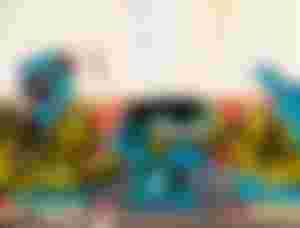
The majority of graffiti in Ethiopia is created by individual artists, and there are a few people who are responsible for collecting and promoting graffiti. Yemane Gebre Kidan is one of the most well-known artists in Ethiopia, and he has been involved in collecting and promoting the practice of graffiti in Ethiopia.
In the past, Ethiopia used graffiti as a way to promote a tourism-based economy. Today, it is mostly used as a way to promote nationalism, and it has also become a way to protest the government.
